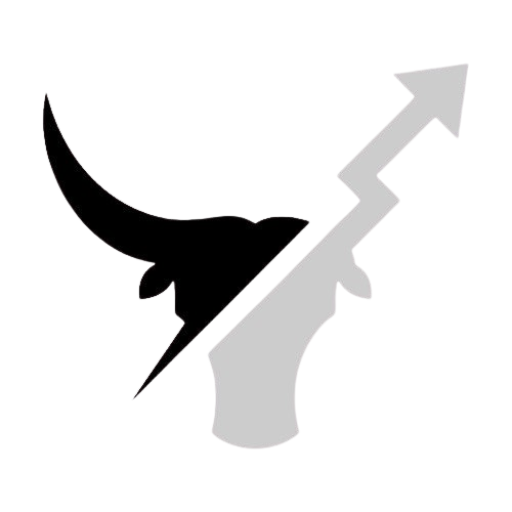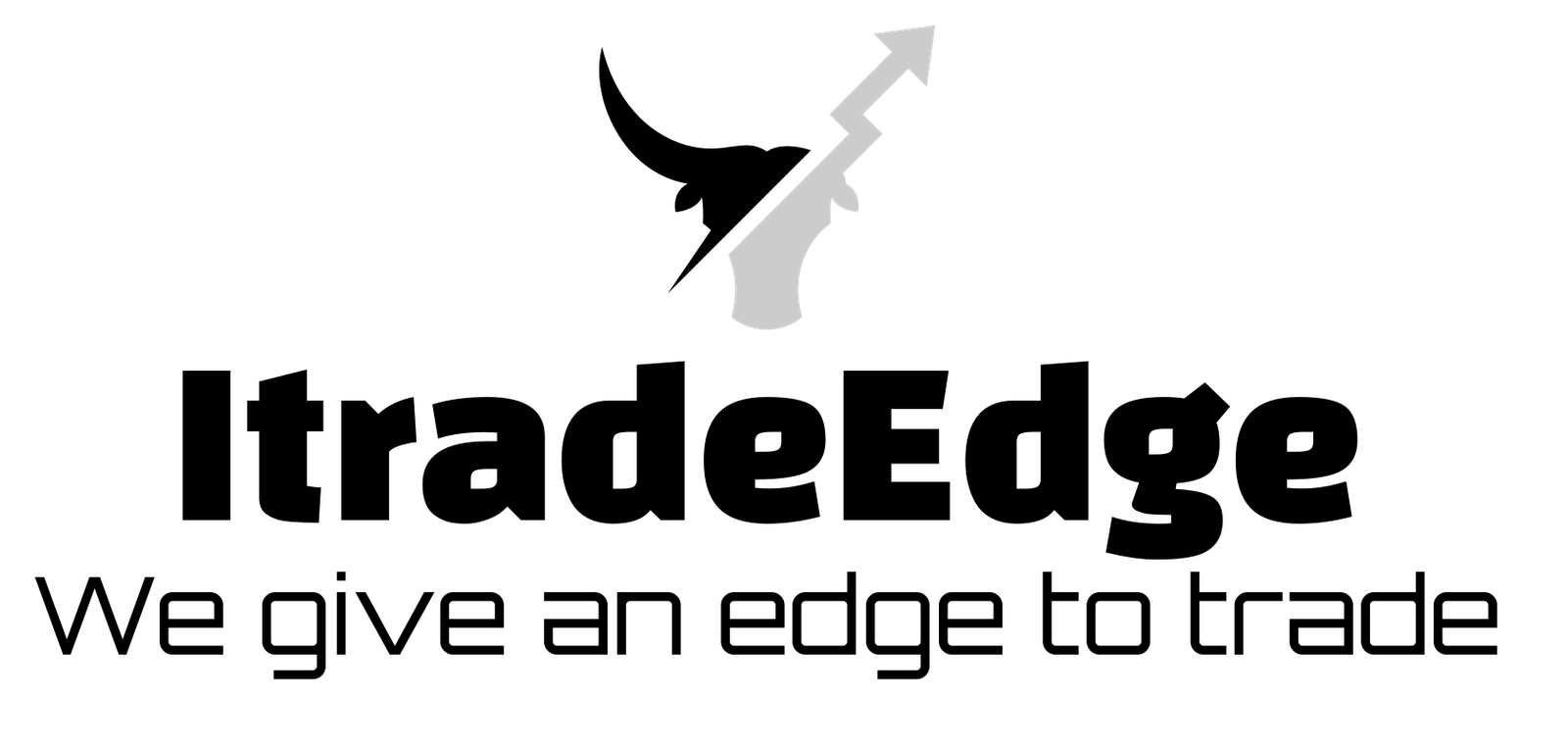FAQs
Frequently asked question
Start by educating yourself on basic financial concepts, then practice with a demo account before committing real money to trading.
The different types of markets include equity markets (stocks), debt markets (bonds), commodity markets (raw materials), foreign exchange markets (forex), and derivatives markets (options, futures).
Stocks represent ownership in a company, while options are contracts granting the right to buy or sell assets at a set price within a timeframe, offering flexibility but with higher risk due to their time sensitivity.
Technical analysis involves analyzing historical price and volume data to forecast future price movements in financial markets, based on the premise that past price patterns repeat themselves.
Fundamental analysis involves evaluating the intrinsic value of a financial asset by examining factors such as earnings, revenue, market trends, and macroeconomic indicators.
A trading plan is a comprehensive strategy outlining a trader's goals, risk tolerance, entry and exit criteria, position sizing, and overall approach to trading.
After completing a trading course, continue to practice strategies with a demo account, refine your skills, and gradually transition to live trading with a well-defined plan.
Stay updated with market news through financial news websites, apps, newsletters, and following reputable financial analysts on social media platforms.
The importance of technical analysis or fundamental analysis varies based on traders' preferences and goals, with some favoring technical analysis for short-term trading and others prioritizing fundamental analysis for long-term investing.
Economic indicators influence trading by providing insights into the health of economies, affecting investor sentiment, interest rates, currency values, and market trends, thereby impacting asset prices and trading strategies.
Day trading can be risky for beginners due to its fast-paced nature and requires a deep understanding of markets, risk management, and discipline; thus, beginners are often encouraged to start with longer-term trading strategies before considering day trading.
You can learn more about trading strategies through online courses, books, forums, mentorship programs, and by practicing with demo accounts to gain practical experience and refine your skills.
Candlestick patterns are graphical representations of price movements in financial markets, formed by the open, high, low, and close prices of an asset within a specific time period, providing insights into market sentiment and potential future price movements.
Leverage is the use of borrowed capital to increase the potential return on investment, allowing traders to control larger positions with a smaller amount of capital, but also amplifying both potential gains and losses.
Trading refers to the buying and selling of financial assets such as stocks, bonds, commodities, or currencies with the aim of making a profit from short-term fluctuations in their prices.
To address emotional challenges in trading, develop a disciplined trading plan, practice risk management, maintain realistic expectations, focus on process over outcome, utilize mindfulness techniques, and seek support from mentors or trading communities.
"Young and eager to excel in investing? Join iTrade Edge Academy for simplified stock market courses. Empower your financial future now!"





